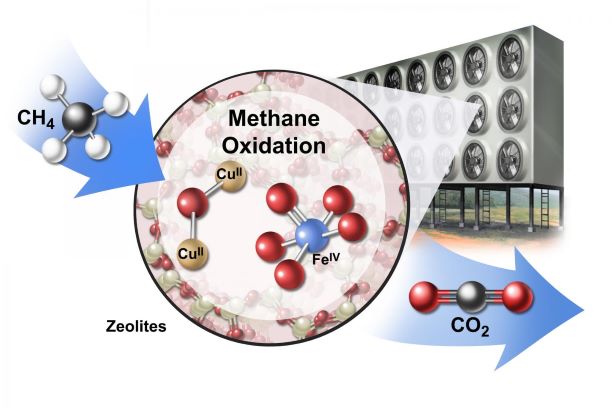

Jakson Green & NTPC join hands
Methane or CH4 capture 84 times more heat than CO2 on a molecular level, this has led to the unusual idea proposed in a paper released by scientists from Stanford University in Nature Sustainability yesterday: By developing systems to capture a few billion tons of methane from the atmosphere, we could reduce short-term warming much more than we would by removing far more carbon dioxide.
“Methane removal would buy us considerable time to address the [larger] problem of carbon dioxide emissions,” says Rob Jackson, a professor of earth system science at Stanford and lead author of the paper.
Unlike CO2 which almost all industries, living organisms, transport systems emit, Methane is not emitted by many. In fact, the scientists have crunched the numbers, while it would likely be necessary to remove hundreds of billions of metric tons of carbon dioxide to return to preindustrial levels, you’d only need to eliminate 3.2 billion tons of methane to get back to earlier levels of that gas.
Doing so would reverse one-sixth of the total warming effect of all greenhouses gases in the atmosphere, the study found.


[related_post]
Crucially, this all assumes that the methane would be converted into carbon dioxide. In other words, merely turning one greenhouse gas into another one would still provide very significant reductions in warming.
To be sure, removing methane is a trickier task than capturing carbon dioxide, mainly because it’s far more dilute in the atmosphere. For this, the scientists have proposed using zeolites, a class of minerals with very tiny pores, which are commonly used as industrial catalysts. They want to achieve this by using giant electric fans to suck air into tumbling chambers, where powdered zeolites would cling to methane molecules.
Although the scenario does sound a bit farfetched. We should remember, as it is with carbon dioxide, it would be far easier and cheaper to prevent emissions of the methane in the first place than to remove it after the fact. Agriculture and livestock are the largest sources of anthropogenic methane emissions, accounting for around 200 million tons annually. There has been many efforts to cut down these emissions. But like the Carbon emissions, oil and gas companies who also release some 100 million tons of methane per year through pipeline leaks and flaring at oil and gas sites, and have so far resisted efforts to tighten regulations. So if methane mitigation has to take place, big corporations backed by deep pockets could finally step up. They could choose to either successfully capture carbon or/ and Methane which could finally put a dent in temperature rise globally.
Picture credit:MIT
Kisani Urjaa Pvt. Ltd. (KUPL), an agri-tech enterprise focused on sustainable rural transformation, has appointed…
Sistema.bio, a biodigestion technology provider for family farmers, has signed a Memorandum of Understanding (MoU)…
The annual report by Global Energy Monitor on the global iron and steel fleet has…
The Union Minister for Petroleum & Natural Gas, Hardeep Singh Puri has held that the CBG…
To strengthen the green fuel ecosystem, the Union Ministry of Petroleum and Natural Gas (MoPNG)…
A new study by International Council on Clean Transportation (ICCT) has held that six in…